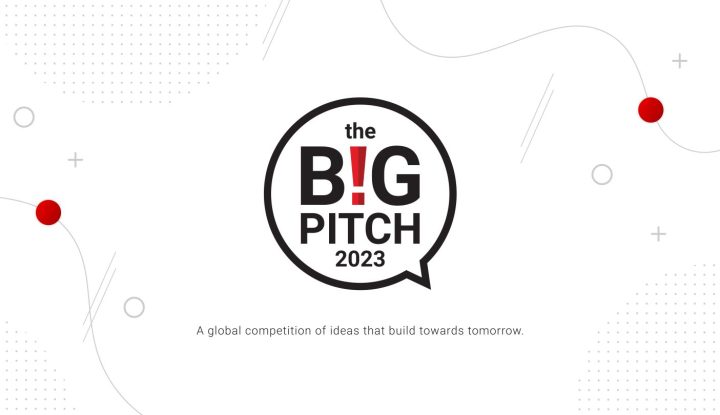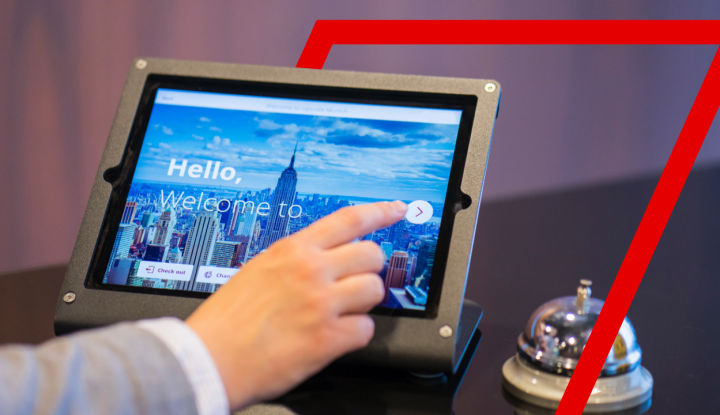When it comes to technology, travelers are beset with options. There’s an app for everything and no shortage of devices to run those apps. Then there is the technology that runs in the background, the solutions that operate an airline or travel provider. Travelers may be surprised to learn that these solutions make the most difference in whether they have a positive experience or a negative one.
In a thought-provoking session at
Sabre Airline Solutions’ Global Conference, Airline Business Strategist
Nawal Taneja laid out a clear framework for defining true traveler-facing innovations. While it’s not always straightforward to deliver impactful innovation, Taneja’s rubrik can be applied across the travel industry to shape the pursuit of innovation.
1. Anticipate and capitalize on customer value gaps
A customer value gap occurs when there’s a disconnect between a customer’s problem and the solution. The solution may not yet exist, or existing solutions do not solve the problem. These gaps invite opportunity for expanding current business models, as customers see value in paying for a good or service that meets their unmet need.
“As businesses, we have to look at things consumers don’t even know they want yet.”
Travel providers must start with a clear and rigorous understanding of the traveler’s journey. Airlines, for example, should assess customer pain points along the traveler journey to uncover value gaps, and then deliver the products to solve them.
Ancillaries are a great example of this concept in action. Boarding a plane used to be a loyalty-driven process. Now it’s a tiered process that includes a pre-paid early access level. The ability to board the aircraft early was a value gap, only bridged through consistent loyalty. Now travelers can pay to board early. Their pain point resolves and the airline just evolved their business model to include incremental revenue.
2. Have a unified view of the traveler
No two passengers are alike, yet much of the data captured by travel suppliers could suggest parity among dissimilar travelers. Take two business travelers from the same department — they have identical travel schedules, equally elite status, and similar seat preferences. At the basic level, these passengers are treated the same.
However, what if one traveler wants to work undisturbed for an entire flight whilst the other prefers to sleep and awake for a pre-ordered meal? This myopic view of the traveler creates an environment that is ripe for traveler-facing innovations. If you don’t know the traveler inside and out, how can you truly expect to deliver an exceptional experience? You can’t.
3. Build a marketplace based on mutual value
The “win-win” is all about creating situations in which both the customer and the business gain value from a transaction. If a business gains far more from the transaction than the customer, there’s not only the potential for dissatisfaction but also for disruption. But when a marketplace is built on mutual value, the focus shifts to the customer and its needs, which is where it should be for any successful business.
This type of traveler-centricity fuels development of business models that successfully align traveler value gaps with real-world products. Rather than bullying customers into paying, a mutual value marketplace makes the customer eager to pay to solve a pressing problem.
During his presentation, Taneja offered a unique idea to the airline executives in attendance. The costs of operating an airline in any given year are relatively fixed (maintenance, labor, the general direction of oil prices), so why do airlines schedule a year in advance? Without knowing real-time demand, isn’t there wasted capital to create a schedule that far in advance?
He then proposed this deep disruption: real-time demand allocation for flight scheduling,
“What if you gave passengers the option to get a 10% refund on a fare if they take an earlier or later flight? You could then allocate passengers on a low-load flight to fill up other planes and then re-position the now-empty aircraft. Or idle it to save on operational expenses. This could even be done in advance as a means to entice passengers to fill specific routes.”
A real-time offer could happen 24 hours in advance during check-in, a month in advance, or even at the time of booking. By using real-time demand data within a marketplace of mutual value, an airline could theoretically entice passengers to help build more efficiencies into the system.
“What did I do? I created a platform for mutual value. In return for me given you a discounted fare, you gave me the flexibility to schedule only 4 weeks in advance. That saves me billions of dollars.”
In this case of real-time demand allocation, the mutual value lies in flexibility – the airline can have more flexibility with its operational plans, saving both the airline and the traveler real dollars. This illustrates just how necessary the right technology is to enable a marketplace of mutual value.
4. Marketing in a contextual and dynamic way
End-to-end retailing is an ongoing focus across the travel industry, especially within the airline business. Retailing involves selling a variety of products to travelers at various points in a journey. By targeting offers to specific travelers at certain touchpoints, the average per-traveler revenue increases. This works for hotels and airlines, who want to capture downstream action after the initial transaction.
In order to market in a flexible fashion and deliver what the customer wants, right when they want it, travel suppliers must unite various sources of information into one central hub. In the case of airlines, Taneja elaborated further about what this information unity means:
“I call this the innovation platform: information is triaged into descriptive (what happened), predictive (what could happen), forecasting (what should happen), and prescriptive (what kind of offers).”
When these elements are combined, predictability is introduced to the process – and predictability in customer demands is good. To parse data and analyze outcomes in real-time allows for constant improvement. Much is learned as the cycle continues, which drives traveler-facing innovations that surprise and delight.
“What emerges are service features, such as sharing predictability on actual arrival times with the passenger. The innovation platform provides the personalization to target and fix things when they go wrong. If an airline were to do this, it could make offers on a dynamic basis with an offer to a specific person at any given touch point.”
While personalization remains a long running “travel trend,” full-stack technological capabilities that coalesce information into single hub for intimate analysis have just begun to emerge.
The sheer amount of data can appear overwhelming, but it’s what happens
with all the data that makes the difference. What are the queries? What are the outputs? How are real-time outputs quickly converted to traveler-facing innovation? It comes down to commitment – what needs to change and how do you plan to change it?
Nawal Taneja presented “Digitizing the Experience: How Technology Can Improve the Airline Business Model” at Sabre Airline Solutions’ 2016 Global Conference in Las Vegas, Nevada.






